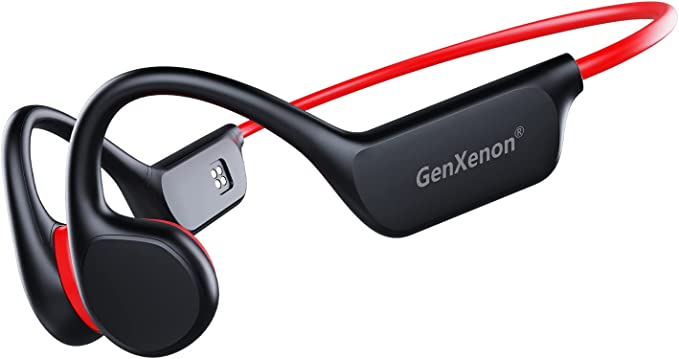Deconstructing the Cold Cut Saw: Why Low-Speed Torque Beats High-Speed Abrasion
Update on Nov. 7, 2025, 8:30 a.m.
In metal fabrication, the first cut defines the quality of all work that follows. For decades, the dominant tool for this job has been the abrasive chop saw, a machine defined by a high-speed (3,000+ RPM) friction wheel. It is a process of brute force—grinding and melting its way through metal, creating a spectacular shower of sparks, intense heat, and a rough, burred edge.
But there is a different, more precise methodology: slow-speed cold cutting.
This is not a review, but a deconstruction of the engineering and physics that separate these two fundamentally different approaches. We will use a professional-grade machine, the Grizzly Industrial G0783 11” Slow Speed Cold Cut Saw, as a case study to understand the “why” behind this superior process.

The Conflict: Abrasion vs. Shearing
First, we must understand the core conflict.
-
Abrasive Saw (High-Speed Grinding): This tool uses a bonded friction disc. It does not “cut” in the traditional sense. It spins at thousands of RPM and grinds the metal away. The sparks you see are tiny, molten particles of steel. This process generates extreme, localized heat, creating a “Heat Affected Zone” (HAZ) that can warp the material, alter its temper (making it brittle or soft), and leave a discolored, burr-filled edge that requires extensive secondary cleanup.
-
Cold Cut Saw (Low-Speed Shearing): This tool is, mechanically, the opposite. It uses a toothed, high-speed steel (HSS) or carbide-tipped blade that turns at an incredibly slow speed—in the case of the G0783, 57 or 114 RPM. This is not a misprint. It is the most important feature.
Deconstructing the “Slow” Process
Why is “slow” better? Because the cold cut saw is not grinding; it is shearing.
Each tooth of the blade acts as a miniature chisel, taking a defined “chip” or “bite” out of the metal. This is a true milling operation. The process is defined by two key engineering components.
1. Low Speed (57 / 114 RPM)
At this deliberate pace, the blade’s teeth can cleanly engage and shear the material without generating the catastrophic friction heat of an abrasive wheel. The heat that is generated is absorbed by the metal chip (or “swarf”), which is then ejected. This is why, immediately after a cut, the workpiece itself is often cool to the touch. The “spark-free” operation is a direct result of this low-speed, low-friction, shearing process.
2. High Torque (via Gear Drive)
To make a 11-inch blade shear through a 2-inch solid steel bar at just 57 RPM, you need immense rotational force, or torque. A standard belt-drive motor would instantly stall.
The G0783, like all true cold cut saws, uses a gear drive transmission powered by a heavy-duty 2.7 HP, 3-phase motor. Think of this as a tractor in its lowest gear. The gear drive sacrifices high speed (which is undesirable) and multiplies the motor’s power into massive, unstoppable torque. This is what allows each tooth to methodically chisel its way through the material without slowing down.
The Metallurgical Advantage: Eliminating the Heat Affected Zone (HAZ)
The most significant benefit of this process is metallurgical. The “spark-free” cut is not just a safety feature; it is a sign of a thermally stable process.
By avoiding the extreme temperatures of abrasive grinding, a cold cut saw produces a cut with no Heat Affected Zone (HAZ). * The material is not warped. * The steel’s temper and hardness are not compromised. * The cut edge is not hardened or embrittled. * The finish is clean, smooth, and burr-free.
This results in a part that is precise and, most importantly, weld-ready
immediately off the saw, saving immense time in secondary finishing.

Anatomy of a System: The Grizzly G0783 Case Study
The G0783’s specifications are not just a list; they are a support system engineered for the low-speed, high-torque shearing process.
- Motor (2.7 HP, 220V, 3-Phase): This is an industrial-grade power plant that provides the consistent, smooth power required for the gear drive.
- Drivetrain (Gear Drive): This is the “transmission” that creates the necessary torque for 57 and 114 RPM.
- The Foundation (441 lbs. Shipping Weight): This massive weight, likely from a cast-iron base, is a critical feature. It provides the vibration damping necessary for a smooth, chatter-free cut. A light-duty saw would vibrate, destroying the blade and the cut quality.
- The Fixturing (Dual-Vise System): The saw clamps the material on both sides of the blade. This is non-negotiable for precision. It prevents the material from shifting and, crucially, prevents the “cut-off” piece from vibrating or falling, which is the primary cause of burrs.
- The Life Support (Coolant System): The saw integrates a flood coolant system. This fluid serves two purposes: it lubricates the blade teeth for a smoother shear and, secondarily, it flushes chips and carries away any residual heat from the blade, dramatically extending its life.
- The Blade (Sold Separately): The G0783 is a “Bare-Tool.” This is a professional choice. It allows the user to select the correct 11-inch (275mm) blade with a 40mm arbor—such as an HSS blade for general steel or a carbide-tipped (TCT) blade for harder alloys—to match their specific application.

Conclusion: A Tool of Precision, Not Brute Force
The abrasive chop saw is a tool of brute force. It is cheap, fast, and messy, treating the metal as an obstacle to be melted and ground.
The cold cut saw is a tool of engineering finesse. It is a significant investment in a superior process. It respects the metallurgy of the material, trading high RPM for high torque. The Grizzly G0783 is a perfect example of the robust, heavy-duty “system” required to execute this process flawlessly. The result is not a “cut” in the abrasive sense, but a precise, clean-shaven, dimensionally accurate, and weld-ready part, achieved with no sparks, minimal heat, and maximum control.






































